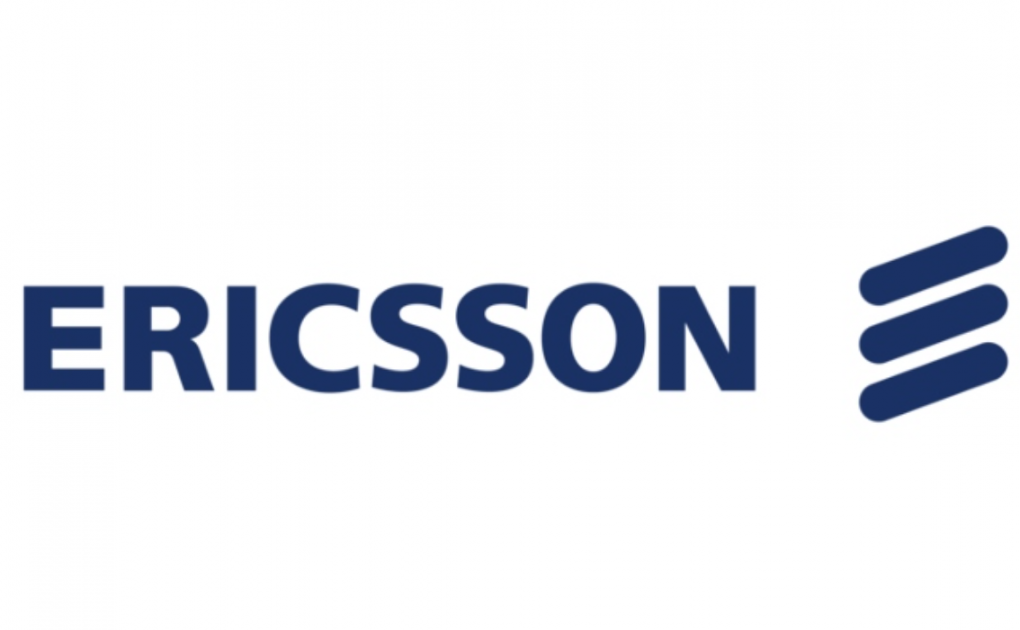
Ericsson Offers continuous software Updates
If it makes sense to update software on PCs, tablets and phones regularly, why should it be any different for telecom nodes that handle mobile broadband traffic for entire cities? This realization has transformed the way Ericsson (NASDAQ: ERIC) delivers software updates to network operators. Before now, continuous delivery and deployment of software releases has not been seen in a telecom environment or on this scale.
For example, customers of Ericsson Continuous Software Delivery and Deployment are able to get Packet Core software updates monthly rather than every six or 12 months. Also, new software can be live in an operator’s network within as little as two days of general availability, reduced from six to nine weeks.
Michał Sewera, Head of EPC Shared Service Center, Deutsche Telekom, says: “From our perspective as an operator, continuous deployment will become an essential part of the entire network function lifecycle management process. It’s not just about the frequency of the software delivery by the supplier. It will also be about the ecosystem of tools and interactions which enable the possibility to deliver new features and functionalities into the production network, with the same quality and security we have today with traditional methods.”
Emmanuel Bidet, Vice President, Convergent Networks Control, Orange, says: “We are reaping the benefits of Ericsson Continuous Software Deployment. Updates that used to be taken yearly are now taken much more frequently, in a better-automated manner, enabling us to activate features in an agile way. This increases our competitiveness and will help to simplify our operational processes.”
Packet Core is one of the first offerings in Continuous Software Delivery and Deployment. Other ‘early adopters’ already include Ericsson Network Manager, Ericsson IP Multimedia Subsystem (IMS) and Ericsson User Data Consolidation (UDC) software, but the change is taking place more widely within Ericsson too. By pioneering this transition, Ericsson has significantly changed the way in which its telecom software is developed, delivered and deployed.
Jason Hoffman, Head of Technology, Business Area Digital Services, Ericsson, says: “Continuous Delivery and Deployment and regular, timely feedback from network operators contributes to the development of software that is better focused on customer needs and updated more frequently to introduce cutting-edge functionality. The benefits are well proven and early adopters will have a competitive advantage.”
Ericsson’s adoption of a one-track approach to software development and responsive customer feedback has increased software quality, significantly reducing the number of trouble reports received from customers. Deploying software in smaller, more frequent drops with an increased level of automated acceptance testing also results in operational expenditure savings of up to 50 percent. Using the Ericsson Automated Acceptance Tests product, verification times can be reduced, from weeks to hours, as a typical Packet Core test case can be executed in roughly four seconds.
Reducing the time it takes for operators to introduce new network functionality increases their responsiveness to changing market demands and enables them to keep pace with technological innovation, while maintaining the highest possible network quality with regular software updates.



























